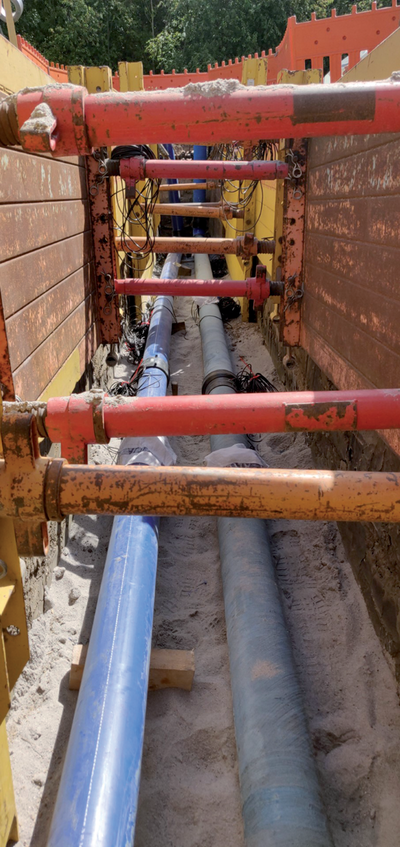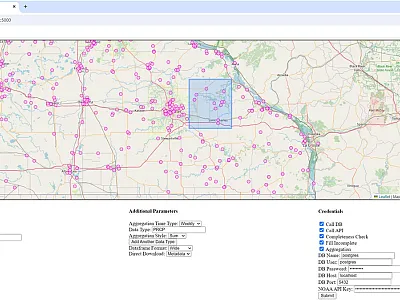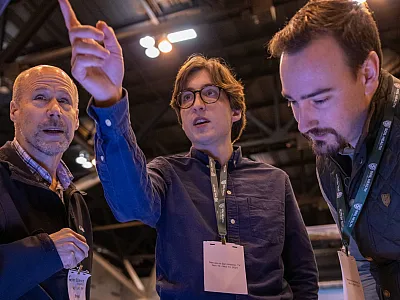Modeling Heat Transport to Drinking-Water Supply Pipes

High temperatures can cause unusually warm water in drinking‐water supply pipes. This is a health concern as these temperatures are favorable for microbial growth.
Researchers at the University of Stuttgart in Germany monitored and modeled the heat transport and water flow from ground surface into the subsurface above drinking‐water pipes. Using meteorological observations and soil material properties, they described the heat transport and water flow, modeling the heat and water balances jointly at the atmosphere–subsurface interface. At a pilot site, they installed typical polyethylene and cast‐iron pipes, backfilled the trench with either gravel typically occurring under roads or naturally occurring sandy clay, and emplaced asphalt and natural vegetation on top. They then jointly measured temperature and soil moisture under various conditions from August to December 2020. The land‐use cover had the biggest influence both on temperatures and saturations in the subsurface while the structure of the soil material used to backfill had less of an effect.
This work presents the first step towards predicting temperatures in drinking‐water supply pipes. The results are relevant for drinking‐water supply companies, shallow geothermal design, and urban planning.
Adapted from
Nissler, E., Scherrer, S., Class, H., Müller, T., Hermannspan, M., Osmancevic, E., & Haslauer, C. (2023). Heat transport from atmosphere through the subsurface to drinking‐water supply pipes. Vadose Zone Journal, 22, e20286. https://doi.org/10.1002/vzj2.20286
Text © . The authors. CC BY-NC-ND 4.0. Except where otherwise noted, images are subject to copyright. Any reuse without express permission from the copyright owner is prohibited.







